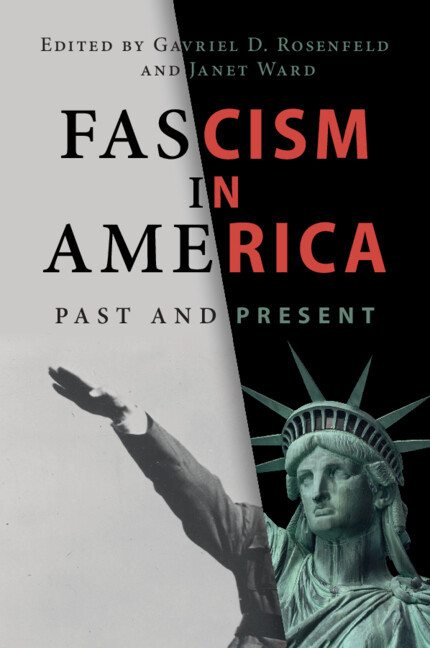When Angela Davis called attention to the fascist tendencies in the United States that threatened American democracy during a 2016 interview with Amy Goodman on Democracy Now, some in the mainstream media dismissed her comments as divisive rhetoric or hyperbole. Far from being outrageous or out of stride with the prevailing views of Black activists, five years after Davis made these comments the nation and world witnessed President Donald Trump call out to white supremacist Proud Boys to “stand back and stand by,” and then inspire an insurrection at the Capitol. Suddenly, Davis’s 2016 comments seemed prophetic. Yet, since the 1960s, she and other black activists, such as Robert F. Williams and Martin Luther King Jr., have used fascist analogies when criticizing US military occupation of cities like Detroit and US military intervention in South East Asia. These were, in their view, troubling indicators that the US government was on the brink of becoming an explicitly fascist state.
Even if US-based white supremacist organizations do not fit neatly into theoretical categories, Black activists have, since the emergence of fascism in Italy and Germany specifically, viewed racism and fascism as two sides of the same coin. As other scholars such as Linda Gordon and Anna F. Duensing have shown in our volume Fascism in America: Past and Present, the Ku Klux Klan and other white supremacist groups engaged in fascist actions prior to the “classical” fascism era of the interwar years. Black radical activists claimed that the demonization of Black people, Native Americans, and Japanese, among others, was part of the legitimization of racist-xenophobic state-sponsored policies that sought, both actively and tacitly, to promote genocide, deportation, or ghettoization. This pushed moderate activists, such as James Baldwin, to toggle together racism and fascism to shock the broader public into recognizing that structural and personal acts of violence were akin to those carried out by fascist governments. As Black Panther Party Minister of Information Eldridge Cleaver claimed, “the nationwide political imprisonment and assassination of Black leaders” had been carried by the FBI, which was the US version of the Gestapo. Ghettos, in his view, were no different than Nazis concentration camps. The infusion of drugs into Black communities and the forced sterilization of Black, Native American and Puerto Rican women were also examples of US-style genocide.
Ultimately, African American antifascist activists successfully used the fascist analogy to force mainstream politicians and social reformers to see how racist federal and state policies represented a threat, not only to victims, but to American democracy more broadly. Mainstream media outlets and politicians who scoffed at such claims were pushed by Black activists to denounce publicly racist acts as “un-American” and incongruent with democratic values. However, the election of Donald Trump ushered in a new era when racist and fascist organizations no longer had to hide in the shadows: Trump invited them into the White House and dismissed reporters critical of these associations as engaging in “fake news.” As they had done in the 1960s and 1970s, Black activists pointed out that Trump’s ascendency signaled a distressing slide toward fascism within American society. This underexplored history of antifascist activism, as my chapter shows, has been an essential component of African American contemporary Black social and political movements.

Latest Comments
Have your say!